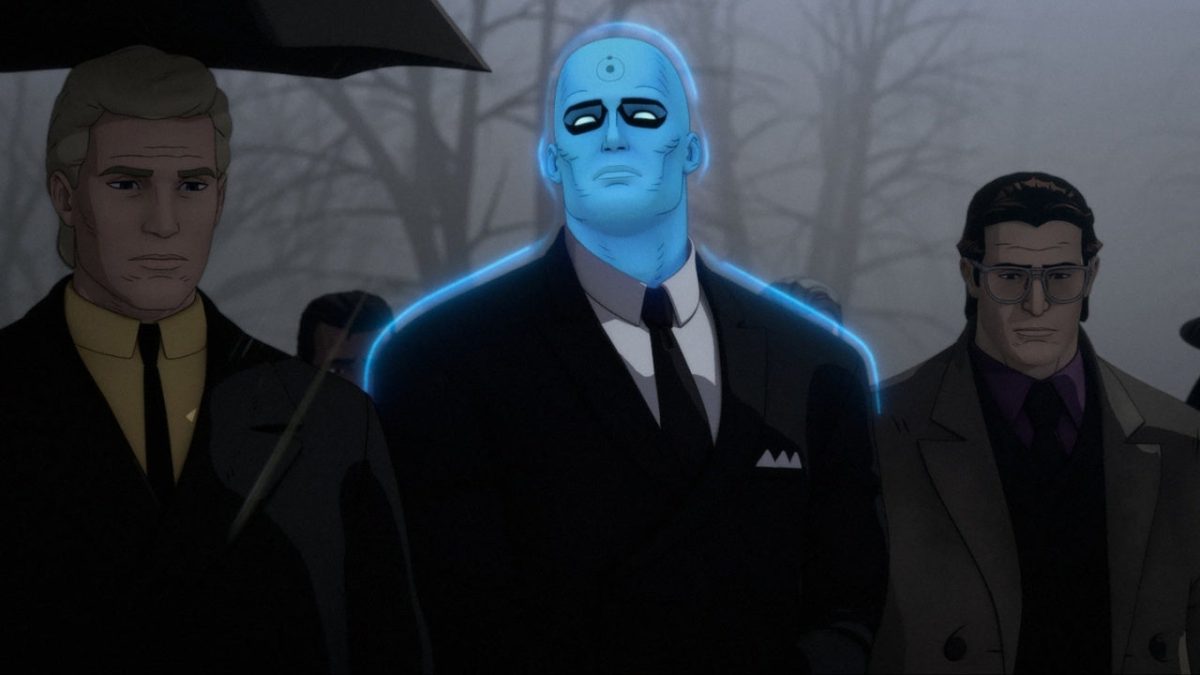When William Shakespeare wrote “Romeo and Juliet,” he certainly never imagined a version that included an extended dance sequence set to Marvin Gaye’s classic Motown record “I Heard it Through the Grapevine.” But that’s exactly what audiences attending The Black Rep’s new production, now playing at The Grandel Theatre at 3610 Grandel Square, get. Directed by Saint Louis University alumna Chris Anthony, “Romeo and Juliet” is a mixed bag overall, but it features enough spunk and imagination to make up for some tone deafness and lack of focus in the second half.
Featuring an all-black cast, Anthony’s production moves the events of the story to the post-Vietnam 1960s while still keeping Shakespeare’s original dialogue intact, with a few modern character asides thrown in that add legitimacy to the setting. And if this period update doesn’t seem to impact the show’s second act in any meaningful way, the light-hearted tone it brings to the first act—including the aforementioned dance sequence—add an interesting comedic touch to the otherwise tragic story.
Nic Few and Sharisa Whatley in the titular roles are enjoyable, especially in the first act, but neither does enough to combat the fact that the real money in “Romeo and Juliet” revolves around the supporting players. It seems almost unfair to call out Chauncy Thomas’ performance as Mercutio as especially praiseworthy—his is easily the most interesting character, and he benefits the most from layers added by the 1960s setting—but his absence in the second act of the show is particularly felt here.
Also noteworthy is Andrea Frye as the nurse, a comedic highlight of the first half of the production, who is probably the most successful in the dramatic change of tone that occurs after intermission.
Not to beleaguer the point, but there’s no getting away from the fact that this show’s biggest asset quickly becomes its biggest weakness when Act II begins. The period update that makes the first act so vibrant and memorable is not integrated organically enough into the show’s denouement, leading to small bits of unintended laughter from the audience.
Nevertheless, setting the play in the 1960s breathes fresh air into a play that—let’s be honest—might be one of the most popular productions for high schools and regional theater that there has ever been. And if Anthony is able to use a 1960s setting to inject an extra level of commentary into the proceedings and make the Shakespearean dialogue more real for a 21st century audience, it’s hard to argue with.
Hardcore Shakespeare fanatics might find the production to be a mixed bag overall, but for fans of live theater, the creativity at work here alone is enough to recommend it.
For more information about The Black Rep and its upcoming schedule, visit www.theblackrep.org.







